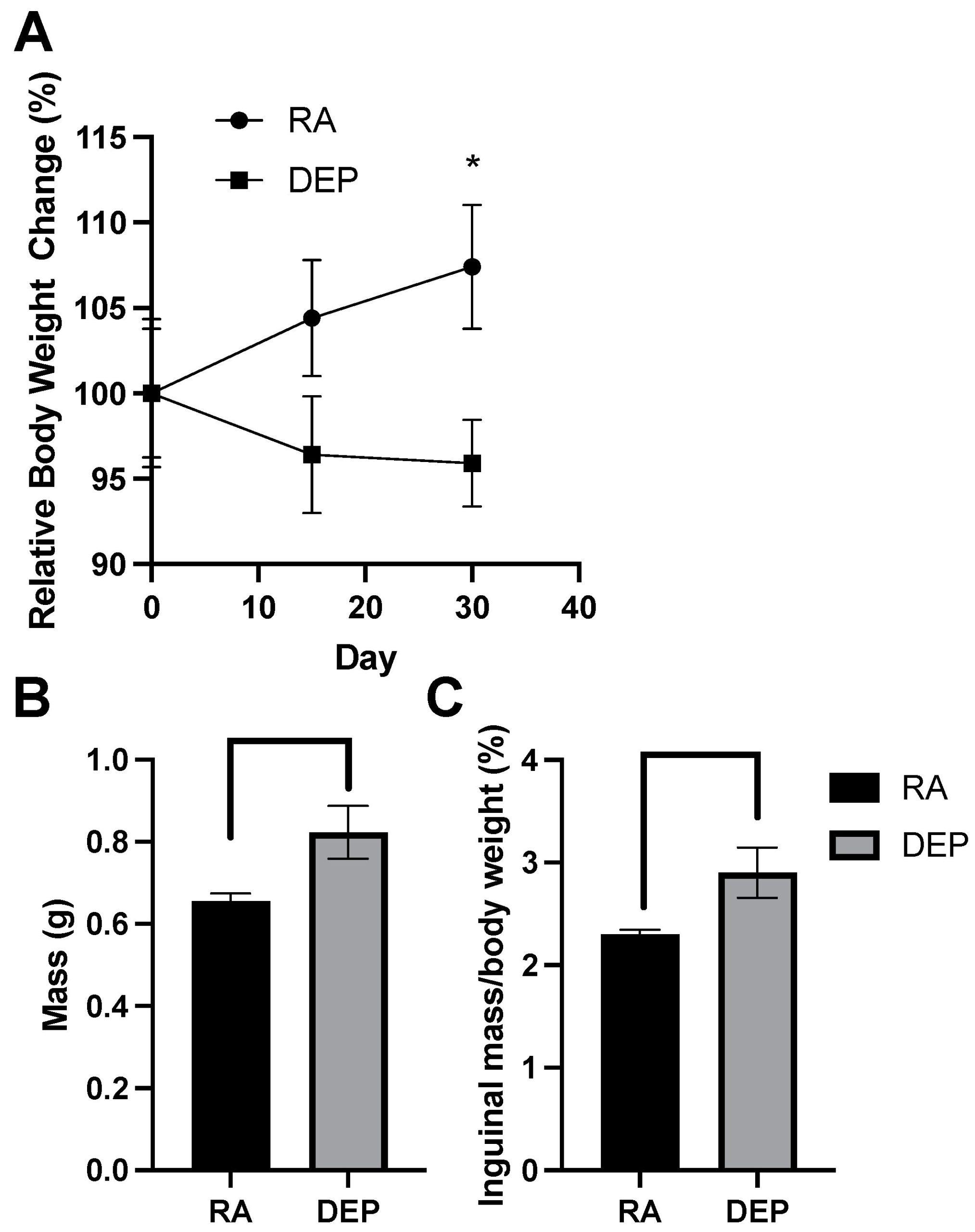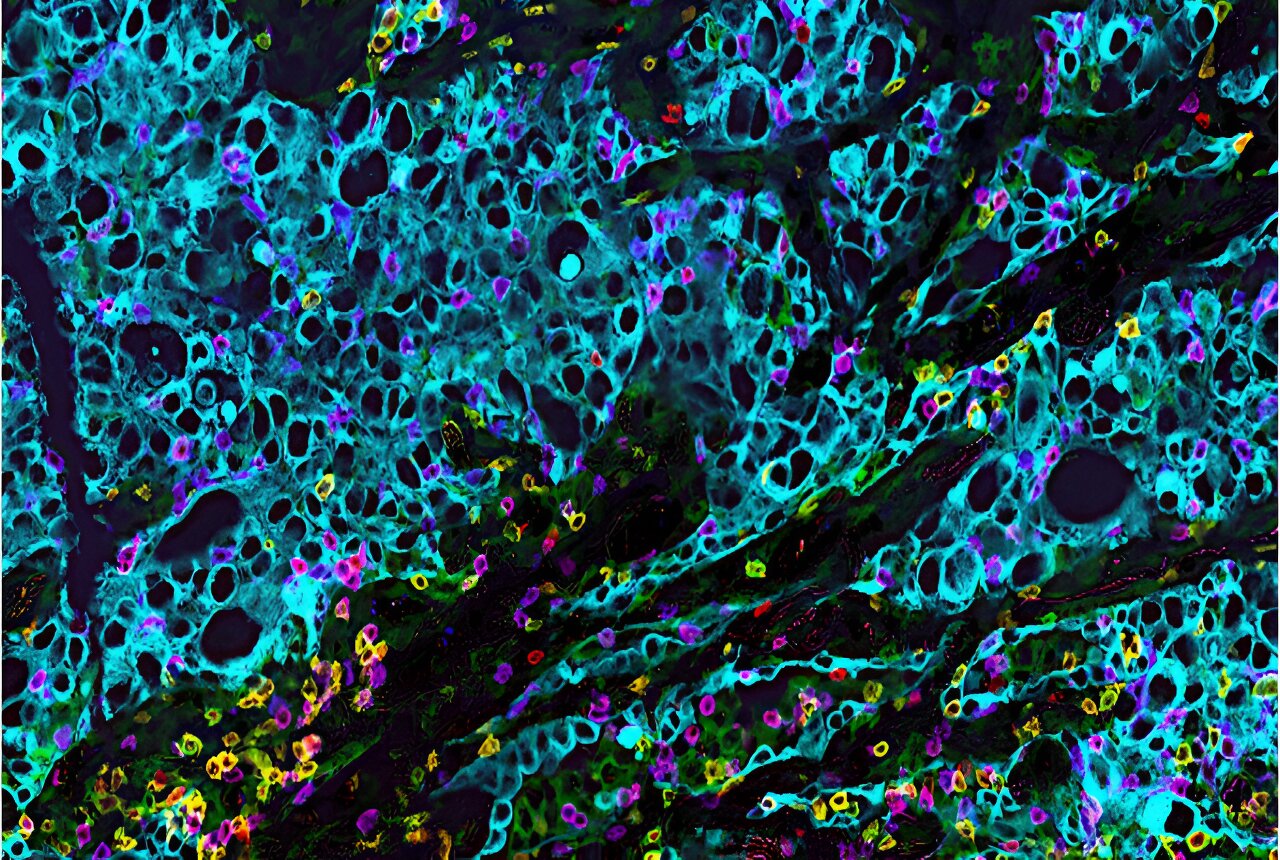
Anyone who has spent time on the internet has seen clickbait ads like “Secrets your doctor doesn’t want you to know about weight loss” or “How to lower your metabolism in 24 hours.” In these articles, lists of fatty foods are usually identified as the primary culprits behind America’s susceptibility to diabetes, obesity, and heart disease.
While a poor diet is certainly still a key factor in metabolic diseases, a new BYU study reveals the impact of a lesser-known contributor: diesel exhaust. The findings are published in the International Journal of Molecular Sciences.
The study, co-authored by eight BYU students, finds that exposure to the exhaust gas produced by diesel engines is tied to increased fat mass, enlarged fat cells, insulin resistance and inflammation. These changes can cause metabolic conditions such as obesity, diabetes, and heart disease.
“Two items have become increasingly clear to us: There are non-caloric influences on body fat, and inhaled pollution is one of them,” said study senior author Benjamin Bikman, a professor of cell biology at BYU. “But what are the casual variables to this link? We wanted to know what was happening to the body at the level of the fat cell.”
Bikman and his colleagues study the causes and contributing factors of metabolic disorders. He and other researchers have observed a correlation between the global increase in obesity and air pollutant exposure in recent years.
Alongside fellow BYU professors Juan Arroyo and Paul Reynolds, Bikman and the group of BYU students carried out a series of experiments to gain a deeper understanding of how particulate matter affects metabolic function. The researchers divided lab mice into two groups for a six-week study. One group was allowed to breathe room air, while the other group breathed in diesel exhaust particles 30 minutes per day, five days a week. After six weeks, adipose tissue was collected from the mice for study and analysis.
“The rodent exposure in this study is a physiologic dose that is within the range of what might typically be experienced by humans in highly polluted areas,” Reynolds said.
The researchers found that adipose tissue, commonly known as body fat, goes through some major changes when exposed to diesel exhaust.
First, diesel exhaust particles increase the size of fat cells, which are associated with insulin resistance and inflammation. While most people focus on fat mass, it’s actually the excessive enlargement of fat cells that leads to metabolic issues.
Second, the mice exposed to pollution experienced an increase in visceral fat (the fat surrounding organs) and subcutaneous fat (fat just under the skin).
Third, the mice exposed to diesel exhaust also developed systemic inflammation. Adipose tissue responds to pollution by releasing chemicals that cause inflammation. Increased inflammation can lead to heart disease, type 2 diabetes and autoimmune disorders.
Bikman said these findings show that variables beyond diet should be part of a larger strategy to improve metabolic health.
“These findings add to the complexity of body fat struggles,” Bikman said. “For so long we’ve considered being overweight and obesity strictly a function of overeating; the fat cell is more complicated than a caloric ATM. As much as we’re mindful of what goes in our stomachs when it comes to weight management, we should be increasingly mindful of what comes into our lungs.”
More information:
Cali E. Warren et al, The Effect of Diesel Exhaust Particles on Adipose Tissue Mitochondrial Function and Inflammatory Status, International Journal of Molecular Sciences (2024). DOI: 10.3390/ijms25084322
Citation:
Beyond diet: New study links diesel exhaust to obesity and diabetes (2024, October 9)
retrieved 16 October 2024
from https://medicalxpress.com/news/2024-10-diet-links-diesel-exhaust-obesity.html
This document is subject to copyright. Apart from any fair dealing for the purpose of private study or research, no
part may be reproduced without the written permission. The content is provided for information purposes only.



